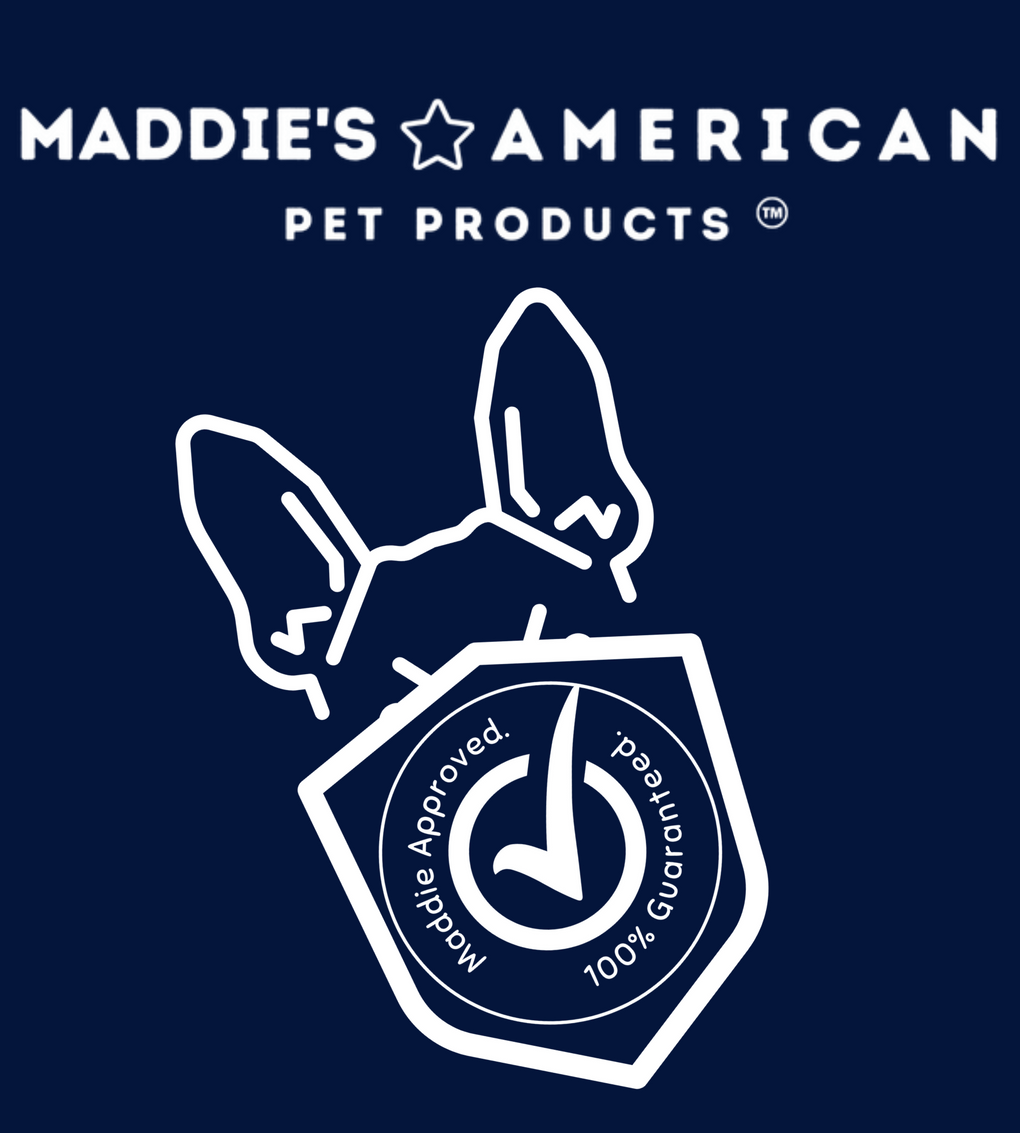How to Give Medications to Pets with Allergies
Concealing Pills When Your Pet Has Allergies
Giving pills to any pet can be one of the most frustrating tasks pet parents encounter. If you have a pet with allergies your frustration is often multiplied!
Most pet parents of dogs or cats with allergies know all too well the vast majority of products available are not designed to be allergy friendly, especially niche solutions like pill concealing treats. For a number of years many pet parents relied on Greenies Pill Pockets Allergy Formula but that option has since been discontinued.
Why Allergy-Friendly Matters
For pets with allergies even a small amount of an ingredient they are sensitive to can lead to a reaction. That’s why it is critical to avoid these ingredients in not just their food but also their treats.
Top Pill Concealing Options for Pets
Even though choices can be limited there are some options pet parents can use to hide their pets pills and medications that are allergy friendly. These include homemade solutions, alternative uses for allergy friendly treats, and specially formulated pill solutions for pets with allergies.
-
Homemade Solutions
-
Mashed Sweet Potato or Pumpkin: Soft, tasty, and packed with fiber.
-
Coconut Oil Paste: A small amount can coat a pill and make it easier to swallow.
-
Pea or Lentil Dough: Mash and mold into a soft ball around the pill.
-
Re-purpose Other Treats
-
Freeze Dried Meat or Fish: Re-hydrate slightly and press into a pill-sized shape.
-
Limited Ingredient Soft Treats: Many soft treats can be pressed around a pill to conceal them.
-
Hypoallergenic Pill Treats
-
Itchy Pet Approved Ultra Easy Pill-Dough Wrap: Pill concealing treat paste wrap with recipes that avoid common allergens.
5 Tips for Allergy Friendly Pill Treat Use
-
Know your pet’s allergens - Consult your vet or use elimination diet history to pinpoint triggers.
-
Start small - Introduce the treat on its own first to ensure your pet likes it and doesn’t react.
-
Test pill-wrapping - Make one or two pill pockets, observe if your pet eats it readily or seems hesitant.
-
Watch for reactions - Be alert to any gastrointestinal upset or itchiness, even with "allergy-friendly" treats.
-
Rotate if needed - Some pets may get bored or develop sensitivities—they may need an alternative occasionally.




